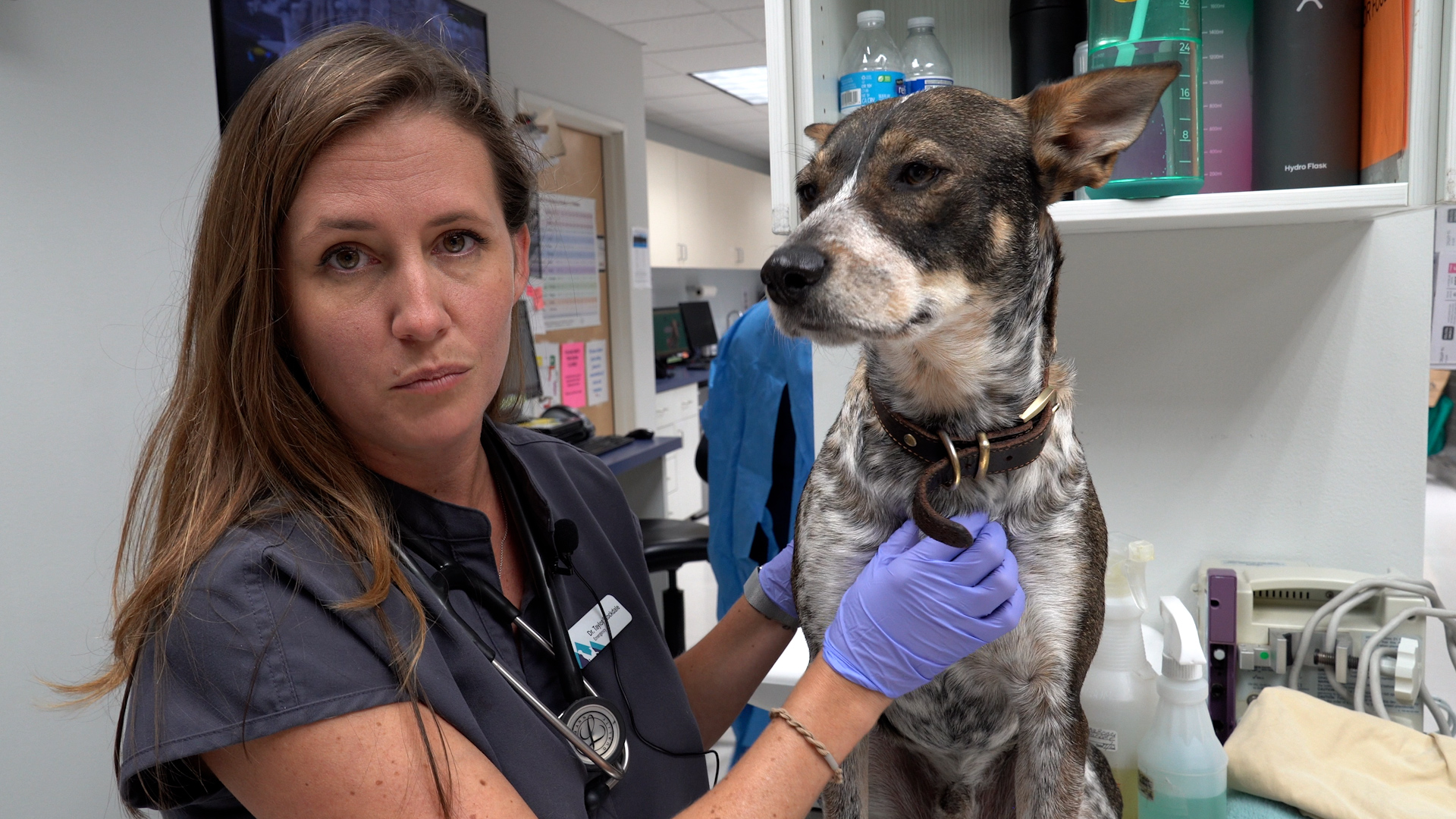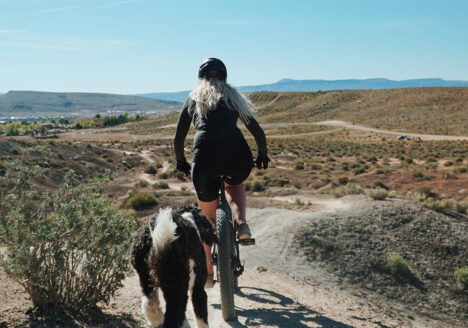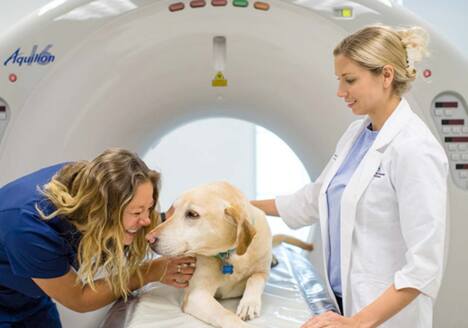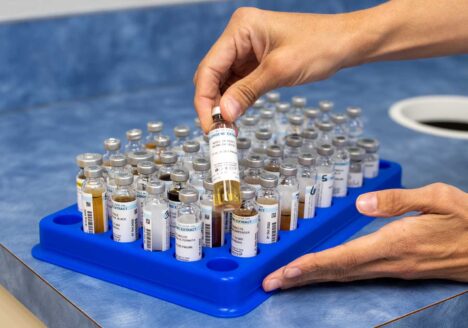Awns are sharp bristles that grow from the end of a seed in many wild grasses such as Cheatgrass and Foxtail. The stiff needle-like structures allow the awn to penetrate a skin surface and through normal movement may burrow deeper and migrate into a body cavity. Many types of awns are barbed which can make their removal difficult.

Why it is important to remove cheatgrass awns from your pet:
Many of these grasses are invasive and grow in abundance and in places like Central Oregon, they become quite a problem with our pet population. Cheatgrass awns can be inhaled, swallowed, or carried away in a dog’s fur, creating larger problems for that animal down the road.
Grass awns are most commonly found in a dog’s paws, nostrils, ears and eyes. If the awn does puncture the skin, it will respond with inflammation and may form an abscess and potentially an infection. Awns that have entered the body, can migrate into the chest or abdominal cavities and may wreak havoc on internal organs.
It is important to follow these steps to protect your pet from wild grass awns:
- Prevent your pet from running off trail through fields of wild grass and weeds
- Do not let your pet eat or sniff weeds and wild grasses
- Clear the weeds in your yard
- After a journey outdoors, check your pet’s paws and coat for awns. Brush your dog’s coat to be extra careful.
- If your dog has a long heavy coat, consider trimming it for the summer months
- Make sure to regularly check your dog’s eyes, ears and mouth
- Look for signs of inflammation or symptoms of irritation in your pet, particularly if your pet is limping or frequently licking their feet.
- For more information on the dangers of cheatgrass, visit our blog on Why cheatgrass is dangerous for your pets.


